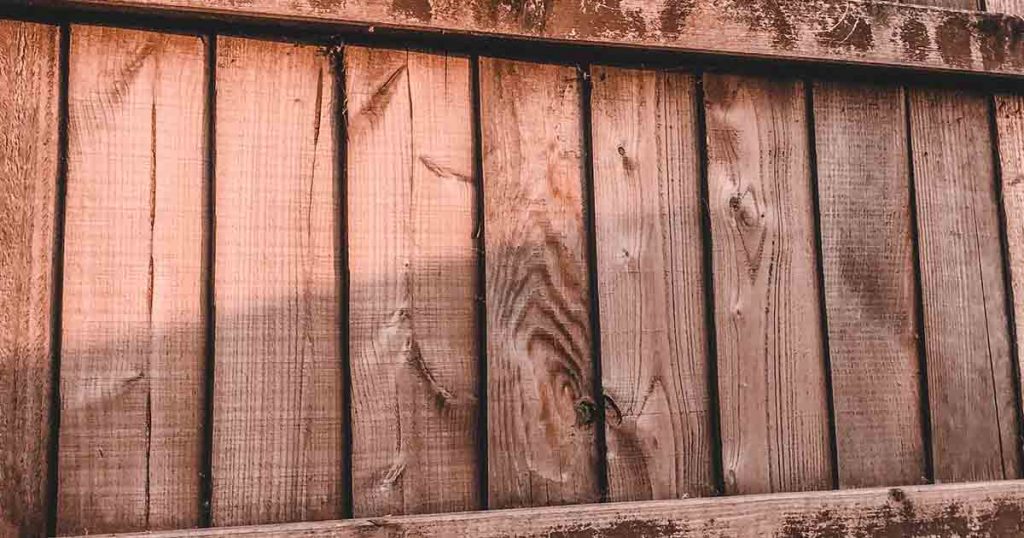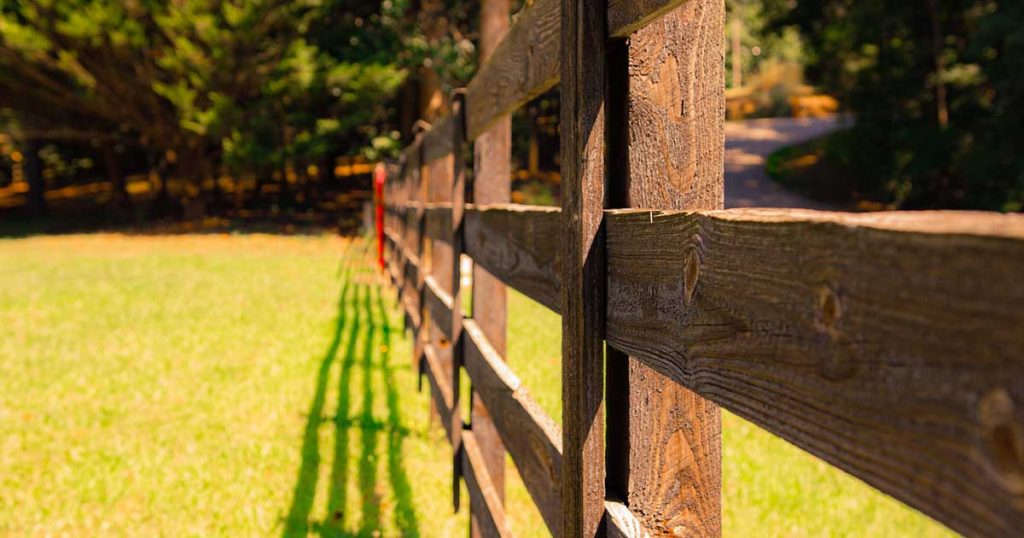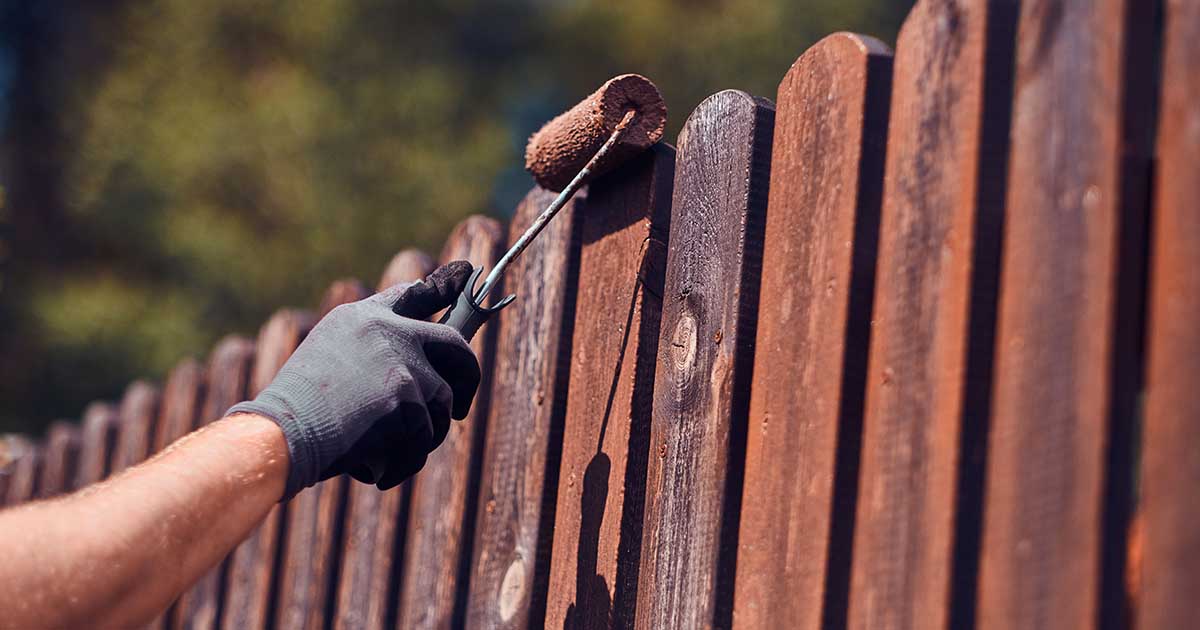You must seal or stain your most recent wood fence before crossing it off your bucket list. By doing this, you can extend its life and raise the value and allure of your property. When should you stain or heighten your new wood fence, though? Here is all the information you need to know about painting and staining fences.
How do Different Weather Patterns Ruin Your Wooden Fence?
Lignin is a natural polymer that is frequently found inside the wood. Water can be repelled while it binds the cells together to preserve the structure. Long-term exposure to inclement weather can damage and loosen the fibers of lignin. Since the exposed wooden frame absorbs water when it rains, it will eventually rot.
Therefore, expect the wooden fences to swell up if you don’t waterproof them before the decomposition process starts. The sun will also dry out the wood when it rises, reducing the fibers. After all, it strains the wooden surface, preventing paint or sealer from adhering to it.

Why is Staining or Sealing Your Wooden Fence Necessary?
Wood fences may be a profitable investment in addition to being beautiful additions to a home. After all, fences increase the value of any property, even homes. But to increase their charm and durability, these need sealing or staining!
When Should You Seal or Stain a New Wood Fence?
The type of wood, the manufacturing time, and the environment in your area all affect the optimal time to seal or stain fences. For example, you must wait until a pressure-treated pine timber fence is completely dry before sealing and painting it.
Know Your Wood
To better determine whether to seal or stain your fence, know what type of wood it is composed of. Since not all woods are created equal, some can endure more adverse weather conditions than others. The durability of several typical kinds of wood used for fences is listed below:
- Yew, black locust, and white oak are the three strongest kinds of wood.
- Red cedar, western juniper, red oak, and redwood are all highly durable woods.
- The least resilient woods are cottonwood, cottonwood, alder, and white or Douglas fir.
All fences need waterproofing, regardless of the type of wood used. It still pays to be familiar with the many types of woods to predict when they will last.

What If You’ve Waited Too Long?
Your new wood fence may quickly deteriorate or turn gray if you put off staining or sealing it. Fortunately, you can sand it down to eliminate these flaws. Alternatively, you might clean them with specialized cleansers before applying a final coat.
What if You Don’t Have Time to Wait?
You’re forced to wait if you install a pressure-treated wood fence. If your wooden fence is composed of dry wood, such as cedar, you can wash and treat it right away rather than waiting months to apply a finish. Only a short period must pass after washing the fence.
Conclusion
Maintaining your new wood fence’s visual appeal, longevity, and investment depend on staining and sealing it! In addition, staining and sealing other wooden projects like your porch, deck, or outdoor furniture is worthwhile in terms of your time, work, and money. As alluring as it may be to cut costs, it is best to let the experts handle it. So it seems you’d want to ensure you’re getting the most for your money.
For more landscaping ideas and tips, visit our blogs at Ontario Landscaping Local Business Directory – Business Listing.
